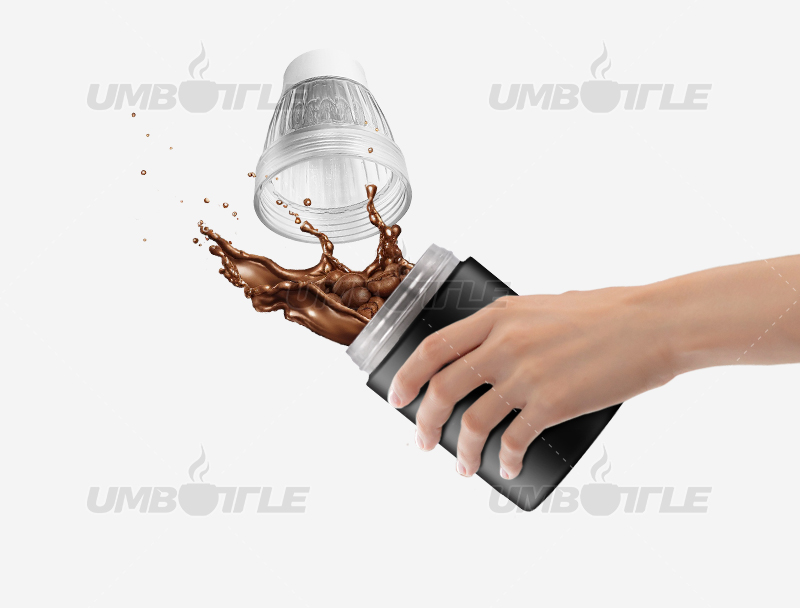Comprehensive Analysis of Factors Affecting the Thermal Insulation Performance of Stainless Steel Vacuum Flasks (Environment Chapter)
"A cup holds stories, life holds warmth." Hello everyone, "Dong Dong's Cup Talk" is back! Many consumers—and even industry peers with years of experience—are curious about the factors influencing the thermal insulation performance of vacuum flasks. This is a complex topic, so today, I’ll take some time to explain what really affects the insulation capability of stainless steel vacuum flasks, how to choose a highly insulated flask, http://www.umbottle.com/ProductsDetail-VB-10521.htmland how manufacturers can produce flasks with long-lasting and superior thermal performance.
As someone deeply rooted in the stainless steel vacuum flask industry for many years, I’ve witnessed the entire production process—from raw material processing to the end-user experience—and I understand that thermal insulation is a key competitive factor. In this series, I’ll systematically analyze the factors affecting insulation performance across five dimensions: production process control, http://www.umbottle.com/ProductsDetail-VB-10521.htmlproduct structural design, material selection, transportation and storage management, and usage scenarios and environments, while also proposing solutions to industry challenges.
As always, if you find my content helpful, please give it a thumbs-up! More likes mean more people can benefit from this knowledge. http://www.umbottle.com/ProductsDetail-VB-10521.htmlIf you’ve been following my posts, consider hitting the follow button so you won’t miss any future updates. Due to the depth of the topic, I’ll cover each of these five dimensions separately.
5. Complex Variables in Usage Scenarios
Corrosion from Contents & Cleaning Damage
- Long-term storage of acidic liquids (pH <4, e.g., fruit juice) can cause 316 stainless steel to corrode at a rate of 0.01mm per year. http://www.umbottle.com/ProductsDetail-VB-10521.htmlA food-grade epoxy coating (20-30μm thick) is recommended for protection.
- Mechanical cleaning (e.g., steel wool) damages the inner mirror-polished layer, increasing surface roughness (Ra value) from 0.1μm to 1.2μm, which expands heat radiation area by ~18%.
Extreme Environmental Temperature Challenges
- In -20°C conditions, the 6-hour heat retention of standard flasks drops by ~30%. http://www.umbottle.com/ProductsDetail-VB-10521.htmlSolutions include:
- Triple-layer vacuum insulation (vacuum gap + argon gas filling + copper-plated reflective layer).
- In high-temperature environments (>45°C), sealing material heat resistance becomes critical—silicone gaskets should withstand ≥120°C for long-term durability.

There are stories in the cup, and life has warmth. Choose a good factory to sell good water cups. We provide global OEM services for patented products and provide global OEM services with professional teams and high quality standards. Dongguan Zhan Yi Commodity Technology Co.,Ltd. specializes in high-quality cup and kettle products. We are willing to serve you wholeheartedly.